Horace died of wounds on 29 March 1918. He was buried there with seven other soldiers, all who were wounded or died the same day.
This raised some interesting questions as to whether they were all somehow involved in the same "stunt" that tragically took their lives. The Australian War Memorial gives March as the beginning of the great spring offensive against the Germans, so Horace and the soldiers that rest with him may well have been injured as this offensive began.
Six of the other men were part of a Field Artillery Battery, the 7th; Horace was from the infantry. This gives rise to speculation that Horace and the other soldier had been seconded to help the 7th FAB. The records of six of the other men report the men died of being gassed by German shells.
Horace had enlisted early on in the war, on 27 April 1915, and fought initially at Gallipoli. He was then transferred to France, and was wounded three times (shrapnel and gun shot injuries) before receiving the gunshot wounds from which he finally died. Horace’s record is a tragic commentary on the policy pursued in the war that Horace was returned three times to the battlefield after recovering from injuries.
A couple of years ago, Elizabeth and John conducted an Anzac Weekend sermon/service which was based around Psalm 23. During the service, Elizabeth used letters from Horace, sent to her grandmother and great grandmother. So before leaving his grave, she sang the 23rd Psalm for him. This had the result of reducing our guide, Annette, completely to tears. She is a very feeling person, and this makes her a very good guide for the type of tour we had undertaken.
We then left and drove through farm fields to Trois Arbres Cemetery in Steenwerck, where another one of Elizabeth’s relatives ( another cousin of her Sinclair grandmother), Andrew Sneddon, was buried.
This poor chap had been accidentally shot (23/2/1917) by one of his men after surviving a sortie into No Man’s land earlier that day. Here is elizaqbeth at his grave. (And note how cold it was, still, that day!!!)
One of the teams that look after the war cemeteries was there when we stopped; it was obvious that they took great care of the graves and gardens.
The foreman explained that they were getting ready to plant new plants in the spring, and were removing weeds, and old and dead plants. Each cemetery often has its own distinctive feature – here this one had a line of five headstones that stated that the bodies of those named were buried somewhere in the cemetery, but no one knew where.
On our way to our next destination, we stopped briefly at a German cemetery. Its rows of dark crosses created a very different atmosphere.
We went on to look at the battlefields of Fleurbaix and Fromelles. At VC Corner we found a memorial to Charles A Woods, who died 20 July 1916, and was a cousin of Elizabeth’s Newbery grandmother.
Charles died in what was the pointless slaughter of Fromelles, which was the first action involving Australians on the Western Front and one of the actions that cemented General Douglas Haig’s reputation as ‘the butcher’. Seeing the land was a shock; how any troops could be expected to take the fortified, heavily armed Germans who were on much higher ground by running across exposed, flat ground whilst under artillery fire defied common sense.
Nearby a sculpture, “Cobbers”, looked over the flat, exposed battlefield, where many perished on No Man’s Land as continual enemy fire made it impossible to retrieve the wounded.
“Cobber” was based on a comment, reputedly made by one of the injured men. When it was finally possible to enter No Man’s Land, any still living were carried to safety. One fellow apparently said to the rescuers “Don’t forget me, cobber” whilst waiting his turn.
It was also possible here to get up close and personal with the thick, turgid mud, which powerfully reminded us of the conditions that many fought in during WW1.
The increasing cold sent us scuttling for cover and coffee at a rural French café/ bar.
Our plan was to end our day at the Menin Gate , and be present for the regular evening ceremony held there.
But before the Menin Gate ceremony, Annette took us to see a local man, Ivan…. known as 'Shrapnel Charlie'. He was badly injured in a work accident nearly 20 years ago, and has very limited mobility now.
Our plan was to end our day at the Menin Gate , and be present for the regular evening ceremony held there.
But before the Menin Gate ceremony, Annette took us to see a local man, Ivan…. known as 'Shrapnel Charlie'. He was badly injured in a work accident nearly 20 years ago, and has very limited mobility now.
He was featured on channel 7 this year on Anzac Day, as he makes little soldiers out of old lead shrapnel that is constantly turning up on the fields of the old battle grounds. We watched him as he showed us how to melt the shrapnel balls down, then pour the liquid lead into a mould of his own making. In a few minutes, a little highland soldier was formed from nasty little balls of discoloured lead.
Once they are cooled and all bodily parts assembled, Charlie then paints them. His aim is to make one of these little soldiers for every name on the Menin Gate (there are around 50,000 names there and he has made around 22,000 soldiers thus far) and send them 'home' with a relative.
Charlie’s only condition is that the recipients of the soldiers send him a postcard and photo showing where the little soldier now lives. To Elizabeth’s great delight, Charlie gave her a little painted Australian soldier he had made, to represent Private William Scott.
Here you see Pte Scott sitting on our sideboard here in Cambridge, and on return to Australia, Elizabeth intends to send Charlie a photo of Pte Scott safely ensconced in Thornleigh, NSW Australia. William Scott was from Kurri Kurri, and was a cousin of Elizabeth’s grandmother. John also had a relative on the Menin Gate, Pte Hoskins, who was his great grandmother’s cousin. Charlie also gave Elizabeth a tiny cast Menin Gate he had made, so she felt very privileged!
After meeting Charlie, we went off for a meal in a Belgian tavern, had a walk around Ypres, and of course, as we were in Belgium, we bought some Belgian chocolate.
After meeting Charlie, we went off for a meal in a Belgian tavern, had a walk around Ypres, and of course, as we were in Belgium, we bought some Belgian chocolate.
We then walked up to the Menin Gate, where the last post is played every night at 8.00pm by the local fire brigade.
The Belgians take this duty very seriously, and when the army could not provide soldiers to play the last post at the Menin gate each night, the local fire brigade volunteered to take on this duty and got the army musicians to teach them bugle skills. It was a simple but moving ceremony, with three of the six designated musicians playing in unison.
We also took pictures of the names of our two Menin Gate relatives, William Scott, and Robert Hoskins (from John's family) before returning to our B&B and complimentary drinks, courtesy of Annette and Christian.

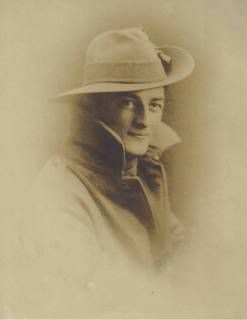
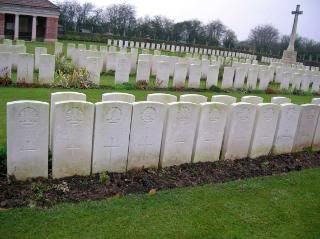
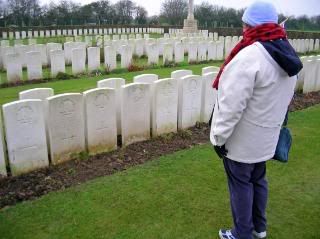
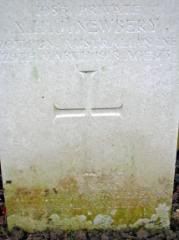
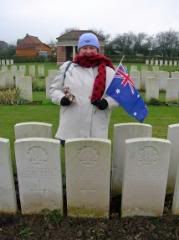
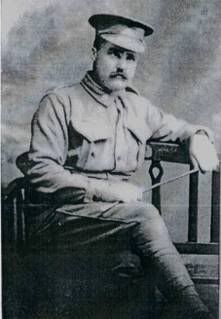
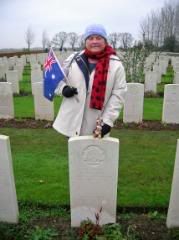
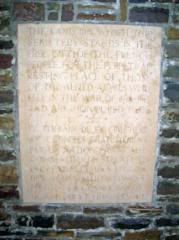
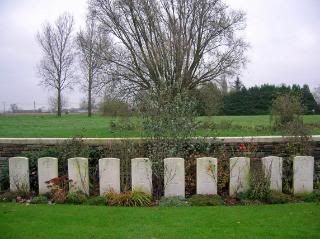
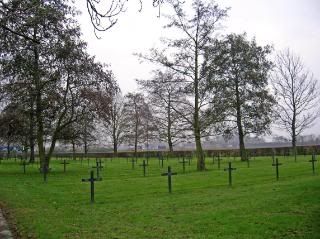
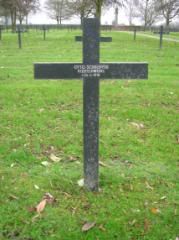

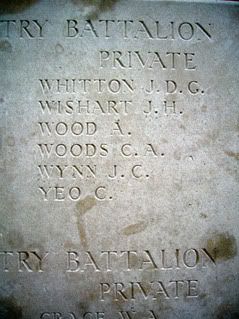
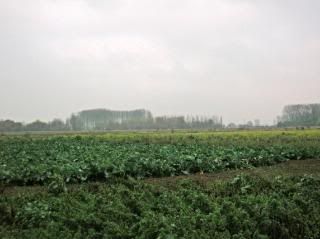
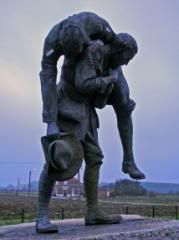
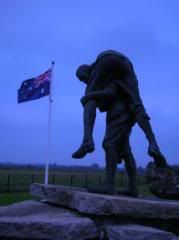
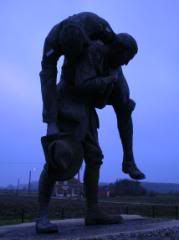
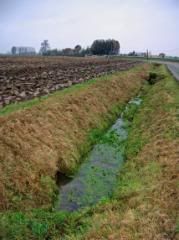
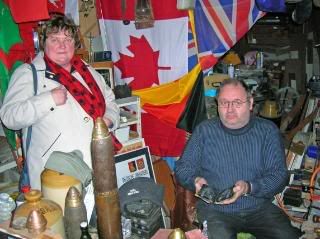
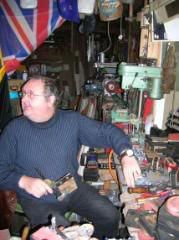

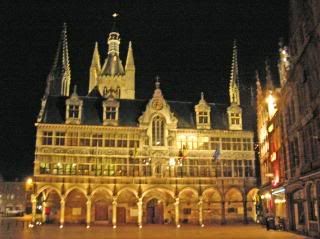
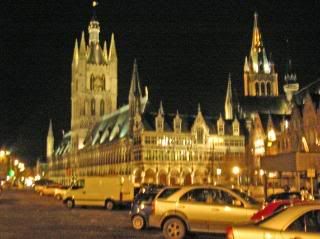
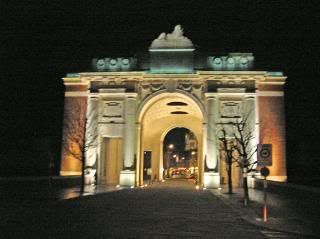

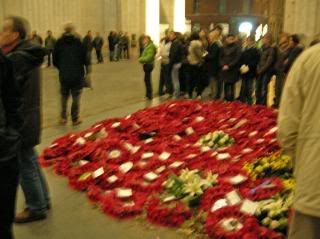

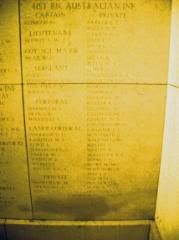

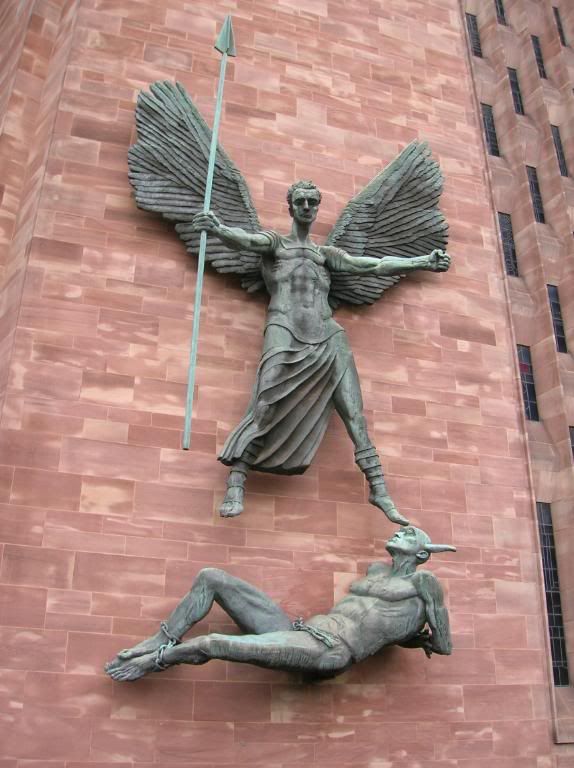

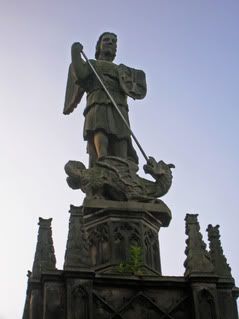
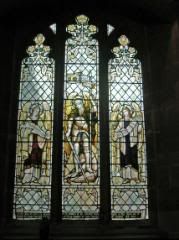
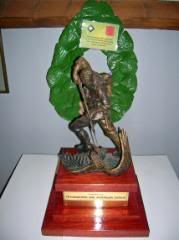
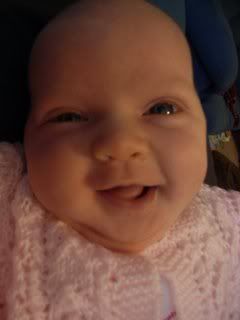

2 comments:
A moving experience especially in the cold weather which would accentuate some of the terrible conditions of the battlefields. J.S.
Again, some beautiful shots. Am really enjoying reading about your travels....vicarious travelling from the comfort of my armchair.
H
Post a Comment